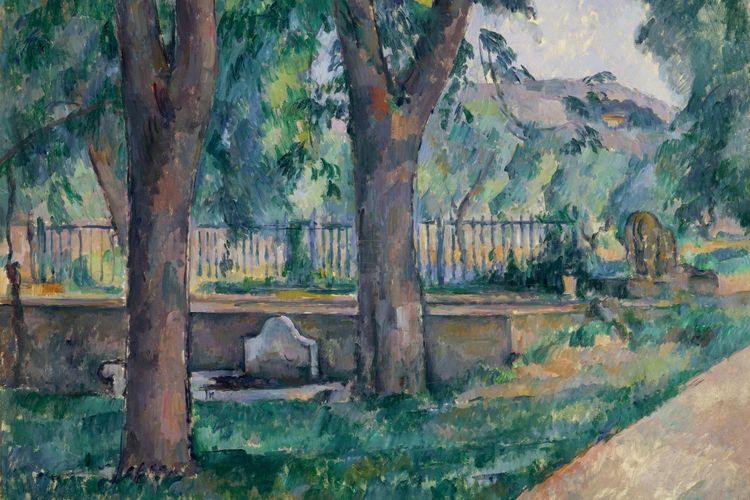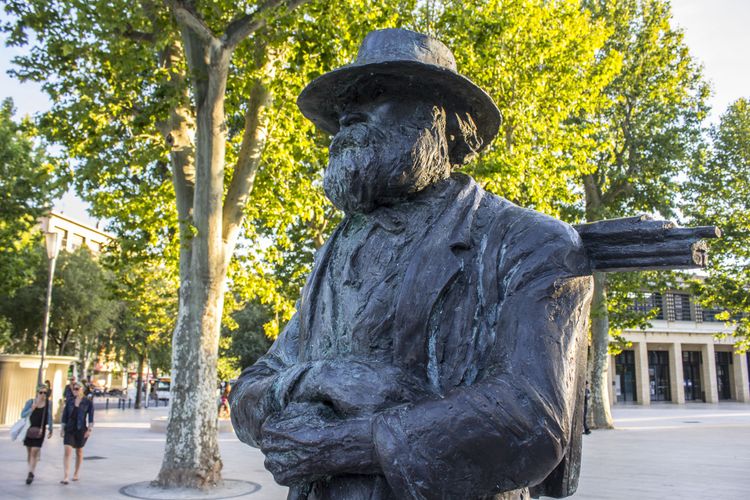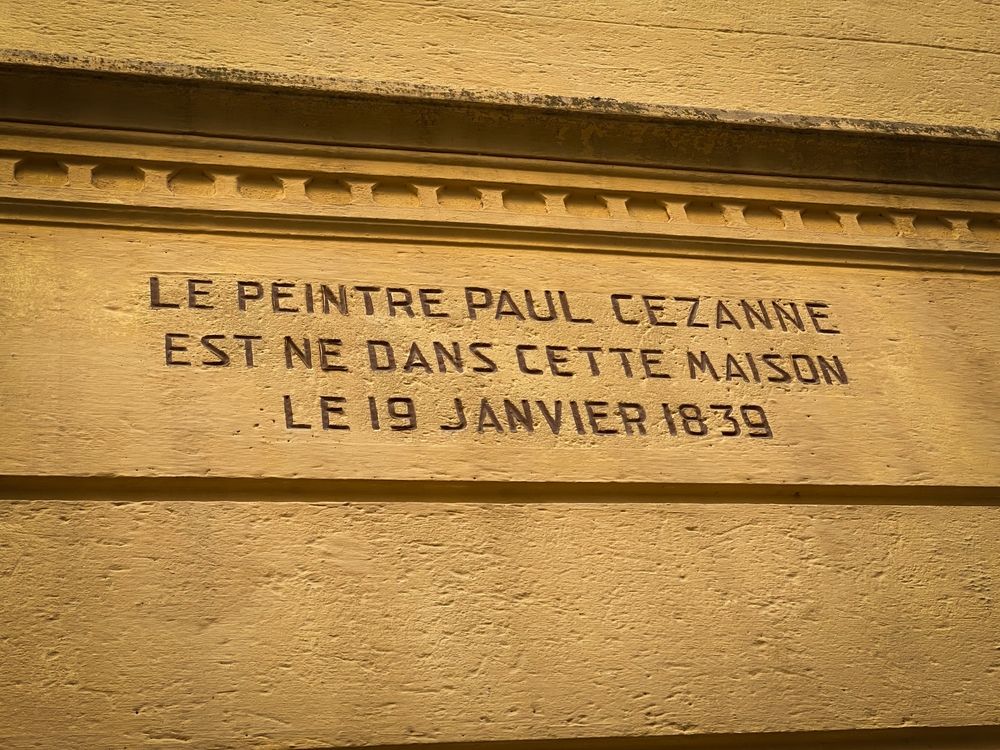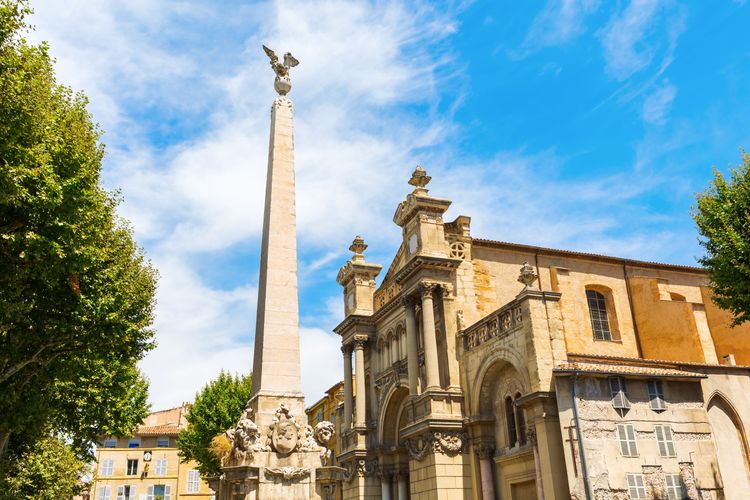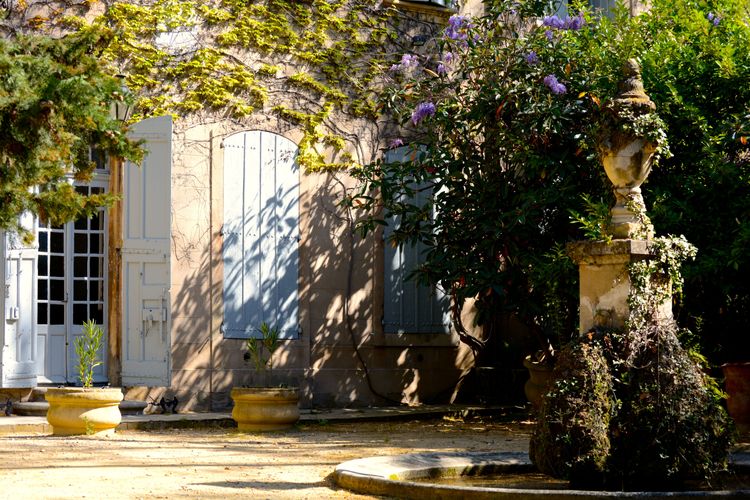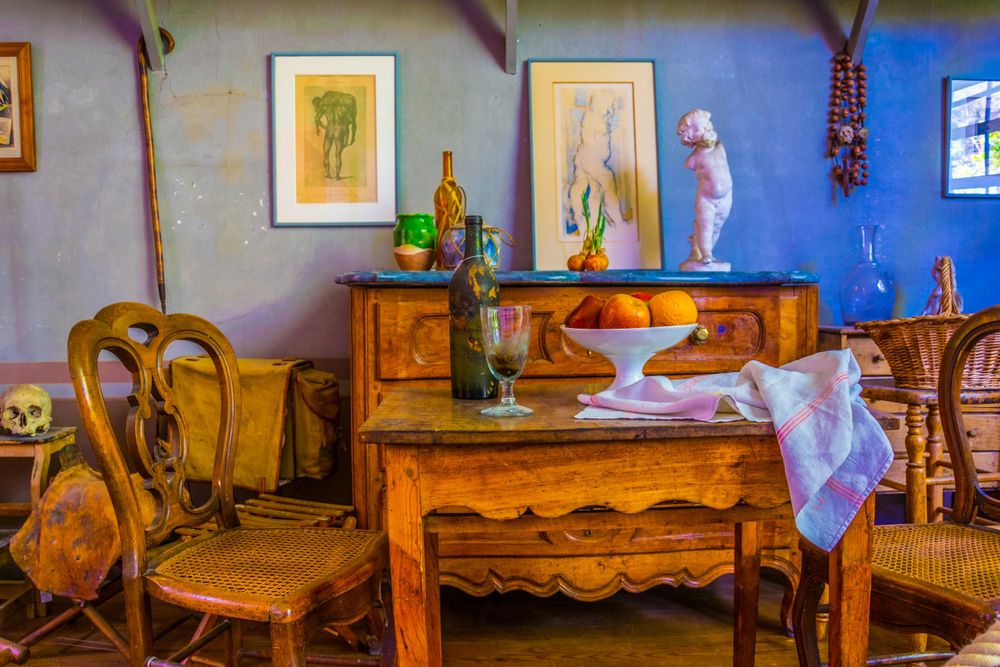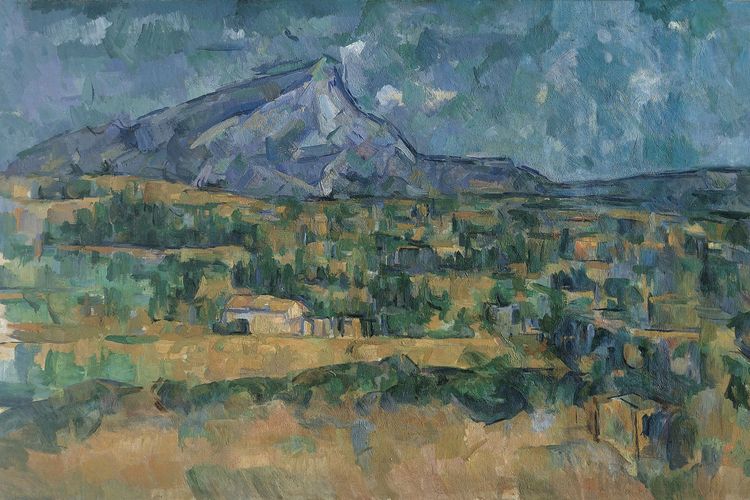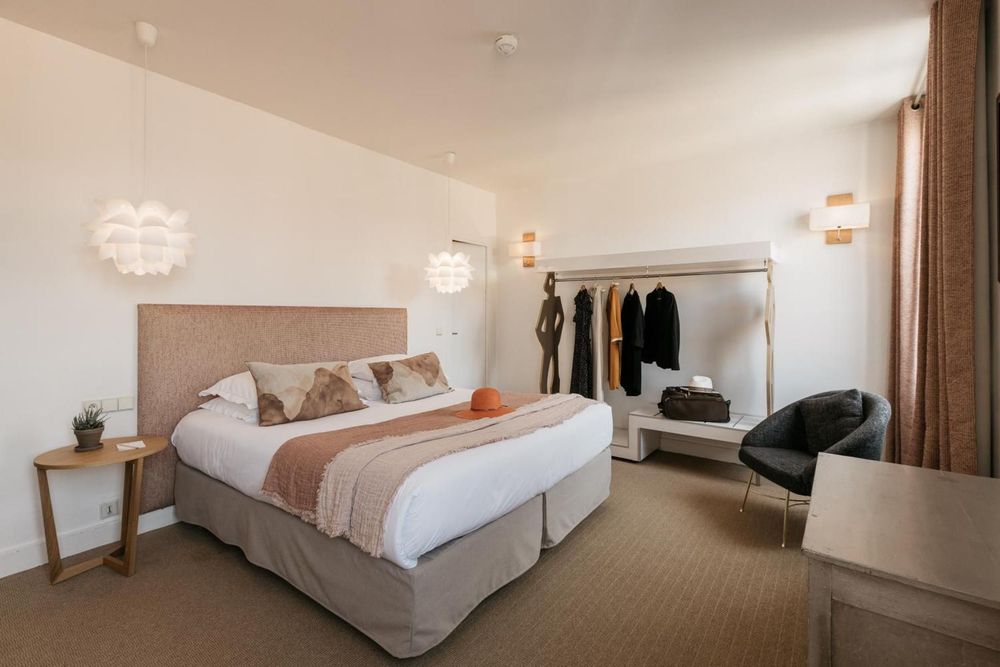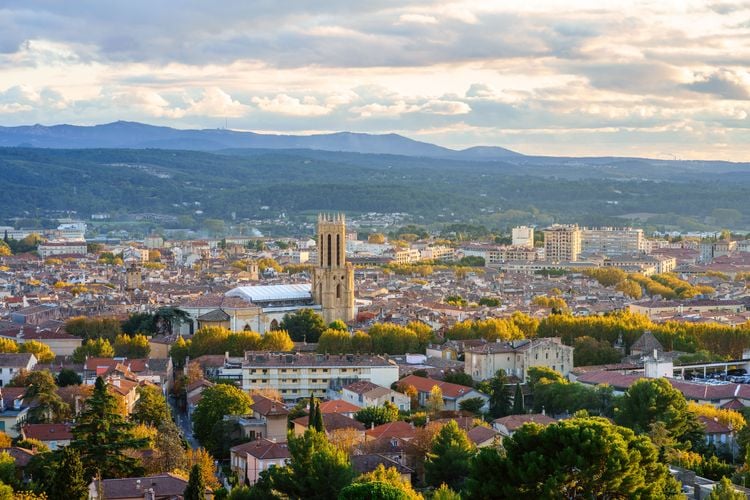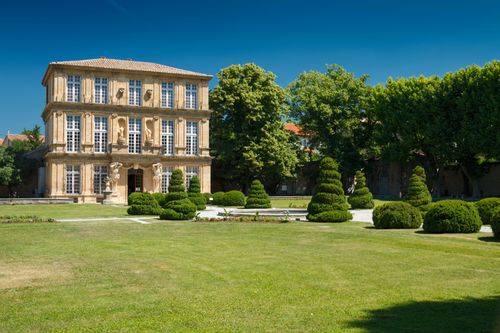Paul Cézanne was born in Aix-en-Provence in 1839, and it's fair to say that the painter was very attached to his home town. Considered to be the precursor of Post-Impressionism and Cubism, his works depict all the facets of Provençal nature: more than 80 of his paintings are of Mount Sainte-Victoire, which he considered to be his muse. He was also interested in still lif es and painted portraits and scenes of life, such as the famous Joueurs de Cartes and Les Grandes Baigneuses.
He sometimes left Aix-en-Provence, whether to join his great friend Emile Zola in Paris, to work in Marseille or to settle with his family in Gardanne. But he always ended up returning to the town where he was born. It was in his studio on the Louves hill that he produced his last paintings before his death in 1906.
